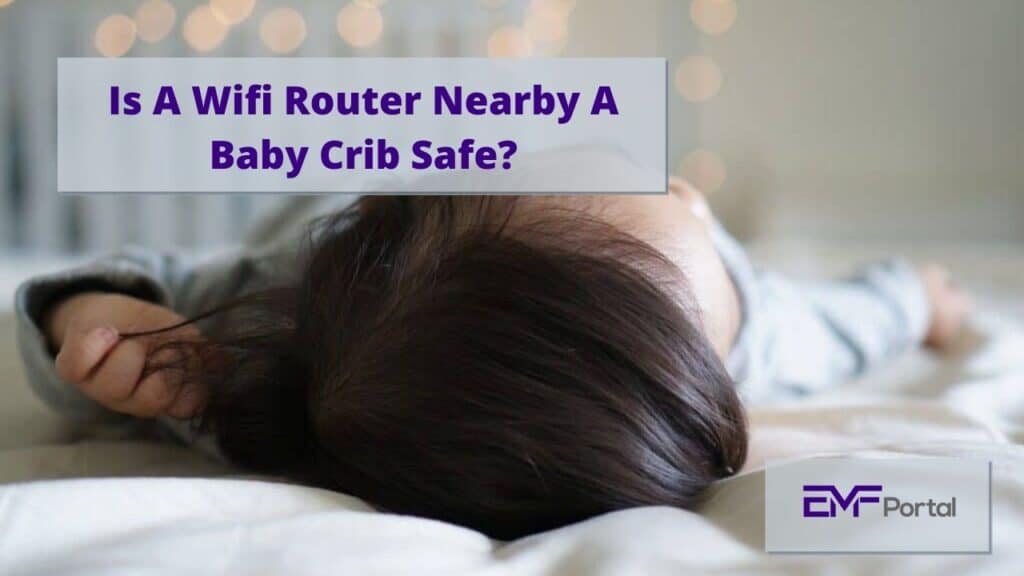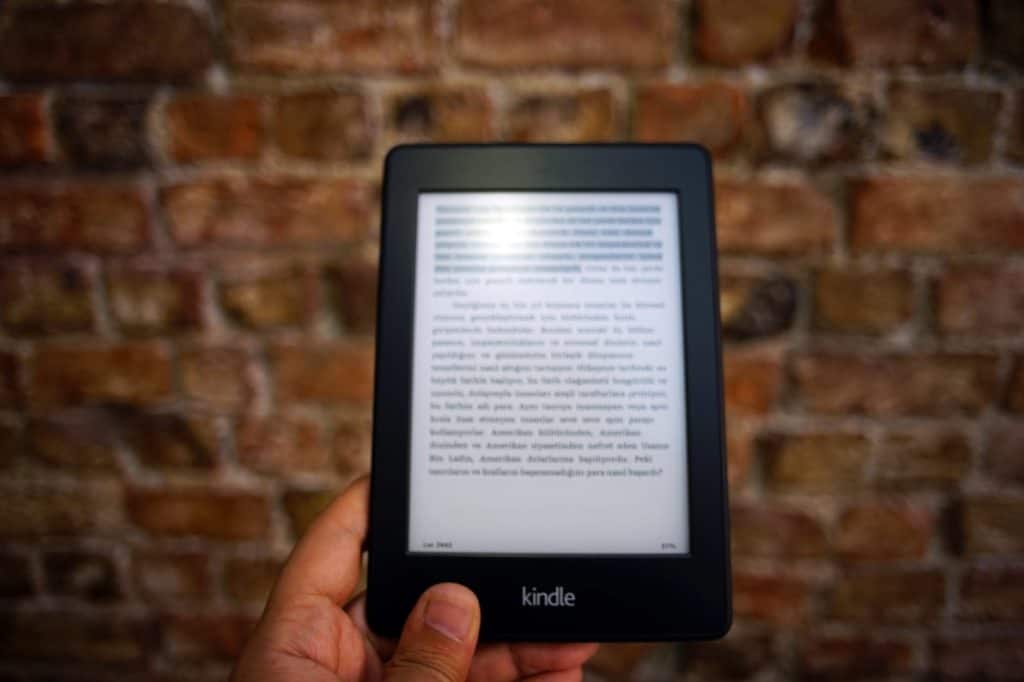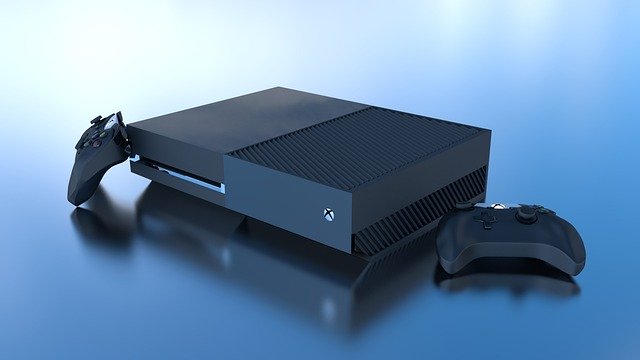
As more and more parents are connecting their phones, tablets, gaming systems, and other devices to WiFi routers in their homes, many of them are unaware of the dangers that come with having such a router near or even inside a baby’s crib.
There are no concrete answers about the impact of WiFi radiation on babies’ health. However, several scientists have raised concerns that radiation can interfere with brain development in infants.
The concern is that these devices emit radiation waves that can interfere with brain development in infants. Radiation includes electromagnetic force (EMF), which is emitted by wireless routers as well as cellphones.
If you are concerned about the effects of WiFi on your baby, keep reading!
What Is Wifi?
Wifi is a brand name invented by the marketing brand Interbrand for the Wireless Ethernet Compatibility Alliance, later rebranded as the Wifi Alliance.
The wifi is based on a series of IEEE network (Institute of Electronics and Electrical Engineers) protocols, 802.11 standards for internet access.
Wifi relies heavily on the use of waves to transmit information. Wifi uses waves in the radio waves spectrum. Radio waves are known to be of low frequencies.
The use of radio waves ensures that the antennae used in the wifi router, the emitter of waves, is as short as possible.
Using waves in wifi eliminates the need to plug in an ethernet cable from an RJ 45 socket to a device to access things like the internet.
Moreover, wifi simplifies communication between devices such as printers and smartphones.
Is proximity to a wifi router safe?
The router emits wifi signals in the form of radio waves. All waves in the electromagnetic spectrum emit radiation, a form of stocked energy, released when the waves hit meet a person, where this radiation is converted into heat.
We use the term “radiation” to explain how “concentrated” a source of energy is. Power is measured in watts; one-watt is the energy of 1 joule released in one second.
As such, wifi routers have typical powers in the neighborhood of some milli-watts, meaning one-thousandth of a watt. A kid’s laser light would have similar powers.
The further one is away from the source of wifi, that is, the router, the smaller is the radiation. Scientists often use the term “inverse law” to describe the relationship of radiation sources with distance.
Say radiation has a power of 4 milliwatts at a distance of 1 m, then at twice the length, the source would have a capacity of only one milliwatt.
The distance has been increased two-fold, but the power has decreased significantly when further away. Scientists had discovered the inverse law during the past century when they researched the danger of some parts of electromagnetic radiation,
Gamma-rays and X-rays are very dangerous. Both rays are known to cause cancer, while UV light can trigger the development of skin cancer.
These three components are said to be ionizing radiation since their radiation presents tremendous dangers, even though a low power source is used.
Nevertheless, radio waves do certainly present lower risks, especially during long-term exposure to EMF radiation.
Health-conscious individuals can still position their routers in places that are high up in their houses so that there is a good wifi signal everywhere, and at the same time, they limit the exposure of EMF radiation on their baby.
Effect of wifi on babies
A full grown-up has a thicker skull and thicker skin, on average than a baby. Besides, a baby has a delicate brain. While research on the impact of radio waves on grown-ups has shown a negligible adverse effect, there is no specific study on babies.
The rule of thumb will hence be to take precautions. With almost all devices in a usual household are linked to a wifi system, this radiation’s concerns are legitimate, even if the non-ionizing radiation is of low wavelength.
According to a review from the Environmental Research Journal, WiFi was linked to oxidative stress, damage to the DNA, and changes in the endocrine (hormonal) system. The researchers analyzed the effects of WiFi on adults only but suggested that the impact on babies could be more significant due to their fragile state.
Ways to protect babies from radiation
As such, it would be strongly advised to avoid using wireless devices in the room where the baby crib is situated. The longer distance between the wifi router and the baby would avoid prolonged exposure to EMF radiation in the baby’s room.
Then it would be wise not to let a baby see online videos like those on YouTube. A mobile phone is interacting with the wifi router many times, and besides, there is infra-red radiation (from the electromagnetic spectrum) emitted from the mobile phone.
Recently a wave of products has emerged which block electromagnetic radiation. They are called EMF blockers.
Several companies, such as Defenshield, offer some products to block EMF. One such product is a beanie, which can be worn during strolling time with a baby.
We know well how many places offer free wifi and how many people use wifi on their phones to access the internet. This beanie can protect electromagnetic radiation of up to 10 GHz, wifi signals using frequencies of the order of 2 GHz.
Hence the beanie will also block some radiation in the microwave region of the electromagnetic spectrum too. Along with the beanie, there is bedwear apparel such as blankets and pillowcases that ensure full-body protection from EMF waves.
Blankets are beneficial for protecting the baby from indoor and outdoor EMF radiation due to their portability.
Conclusion
Wifi uses radio waves, which are not less harmful to an average adult compared to a baby. However, insufficient research has been carried out on babies to provide a definitive answer and measures to take to protect our babies from EMF radiation.
Therefore, it would be wiser to be cautious when dealing with exposure to wifi with babies. One way is to put the wifi router as far as possible from the baby crib and use EMF blockers.


